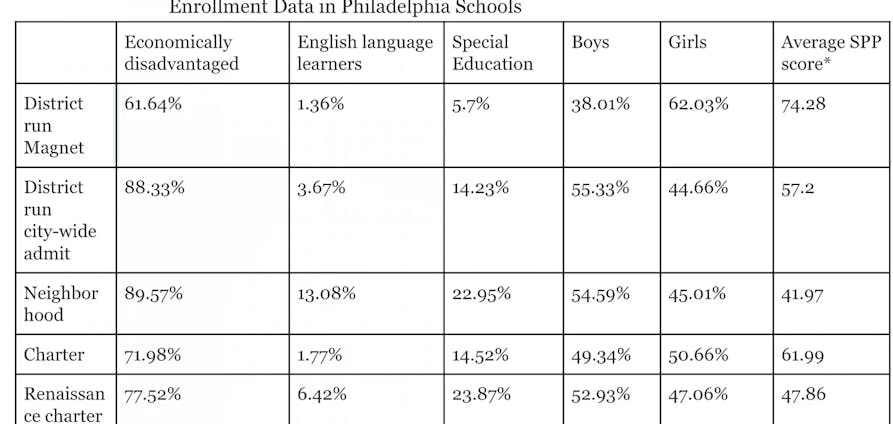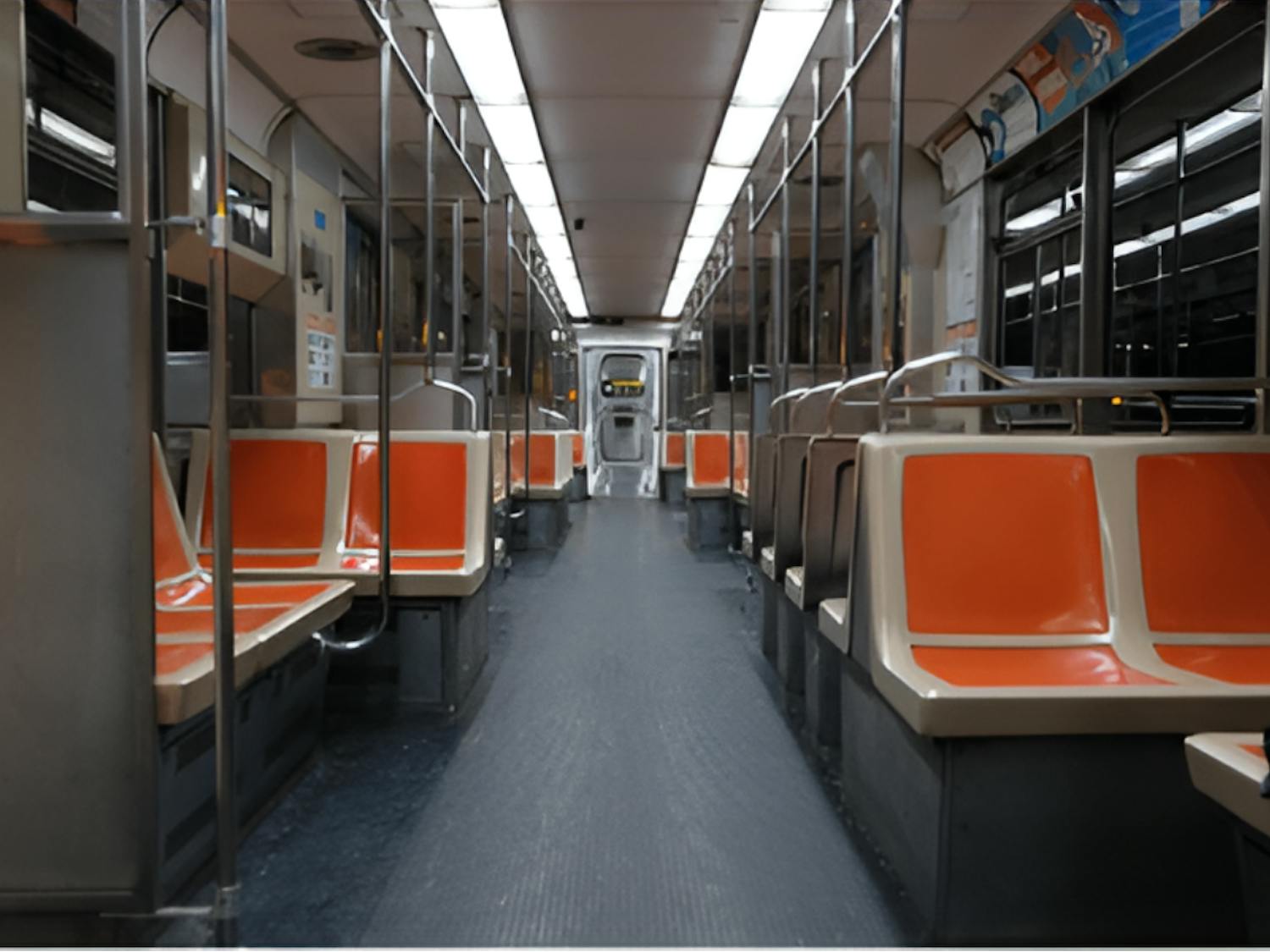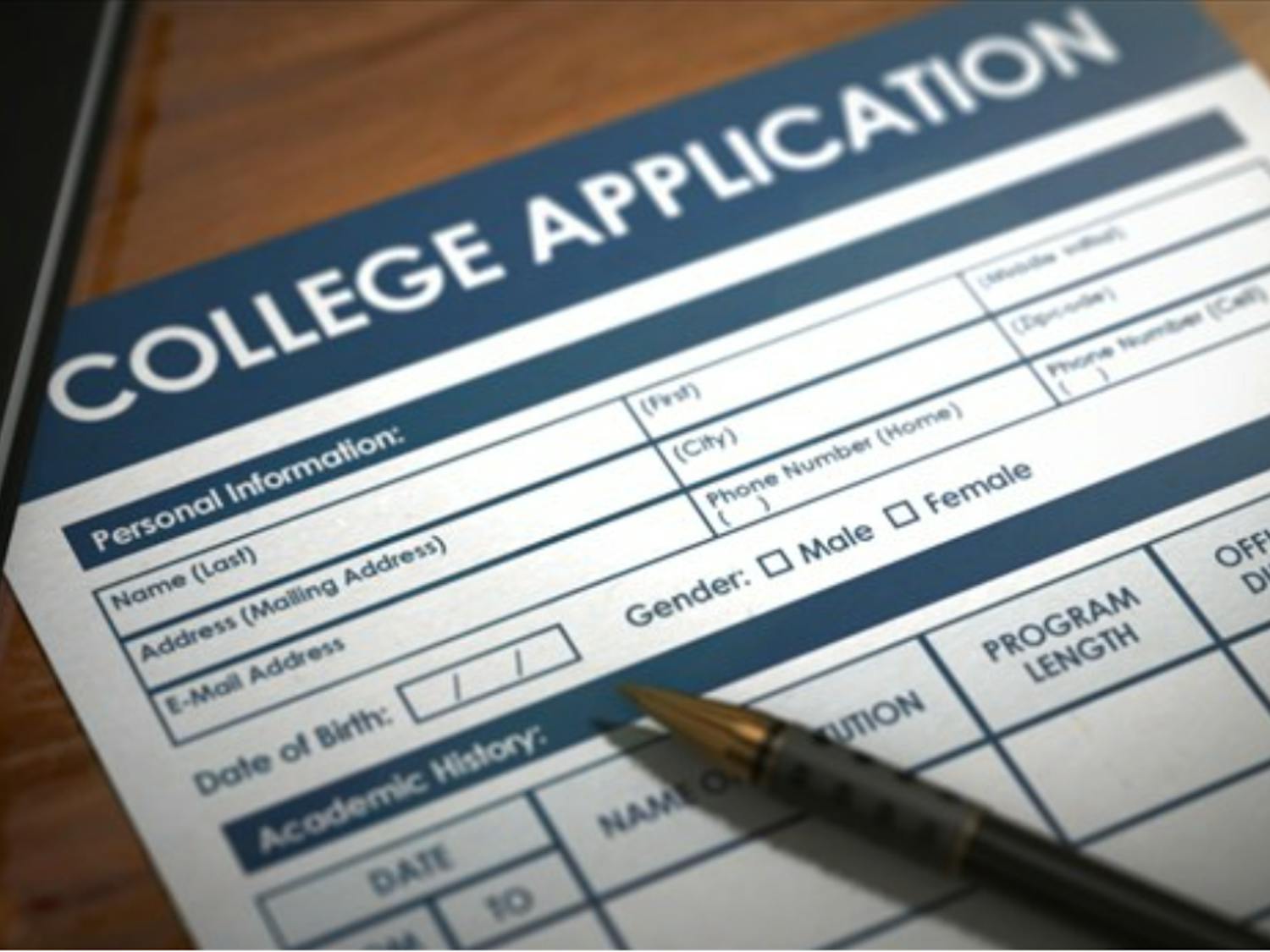Composed of 19,000 employees and 203,000 students, the Philadelphia School District is the eighth largest in the nation. With increased graduation rates for the third year in a row, the school district has a promising future ahead. Within the 342 Philadelphia schools, there are three distinct subcategories, particularly in high school education. Charter, neighborhood, and special admissions schools each have their own unique characteristics and benefits. While the Philadelphia School District still pushes for much needed resources and funding, there are many things to analyze and admire about our local high schools.
Majority of the district-enrolled population attend the 19 neighborhood high schools, estimated at around 36,000 students (via 2015 data). Neighborhood schools frequently only accept students living in the catchment zone defined by school policy. However, schools with lower enrollment rates sometimes accept students from outside the area. Facing an already stacked deck of challenges, the neighborhood high schools were hardest hit by the 2010 education funding cuts. Philadelphia previously relied heavily on state funding for local schools, but in recent years Mayor Kenney has shifted his attention to secure funding locally to improve the conditions of our schools.
Over the last five years the neighborhood high schools had the highest rate of principal and teacher turnover and experienced the most significant reductions in staffing. However, neighborhood schools show promise with rising graduation rates and many schools showing improving SPR (school progress report) scores. Neighborhood schools face many challenges that contribute to the large migration of students to charter options. These challenges include the largest percent of economically disadvantaged and english language learning students. Superintendent Hite has shown immense determination to improve Philadelphia neighborhood schools, and with the new SLA and Ben Franklin partnership, new models are being tested to innovate more high school options.
Charter schools are an ever expanding set of high schools in the Philadelphia area. According to the Pennsylvania Government Education website, “Charter schools were created to provide opportunities for teachers, parents, students and community members to establish and maintain schools that operate independently from the existing school district structure”. For many, charter schools have the appeal of innovation, as they can have a theme or subject goal like science or engineering that appeals to parents and students. They can also use unique spaces for learning and hire teachers in different ways, and are exempt from many educational mandates.
Charter enrollment in Philadelphia skyrocketed in the last 10 years, from 37,432 in 2008 to 75,541 in 2018. Funding for these schools also increased from 2008 to 2018 by about 577 million dollars (via school district website). School district enrollment and budget has decreased since the charter boom, with the school district now having to fund both charter and district schools. There are 58 “traditional” charter schools, which are publicly funded but independently run schools serving the district. Philadelphia has 87 in total, including ones that took over existing neighborhood schools , called Renaissance charters, that draw students from specific neighborhoods. Data shows attending a charter school in grades 9-12 shows a small positive effect on student achievement, however there is still lengthy debate on whether charter schools are “working” in Philadelphia.
Selective admissions or “magnet” schools have the benefit of choosing the top students in the city, and those who have a passion for a certain subject or extracurricular. Philadelphia School District continues to expand its non-neighborhood-school options in hopes of luring more families to stay within its ranks. (It hasn’t authorized a new charter school, outside of the Renaissance model, since 2009.) “We want to retain and attract as many students as we possibly can,” said Karen Lynch, the district’s chief of student services. “We want there to be more high-performing options.” Magnet schools are funded like any other Philadelphia district school, and many of our local magnet schools are ranked nationally for their successes. Data shows magnet schools have the smallest percentage of economically disadvantaged and special education students compared to other school types. They are ranked with the highest average SPP score, and have a larger percentage of female students.




